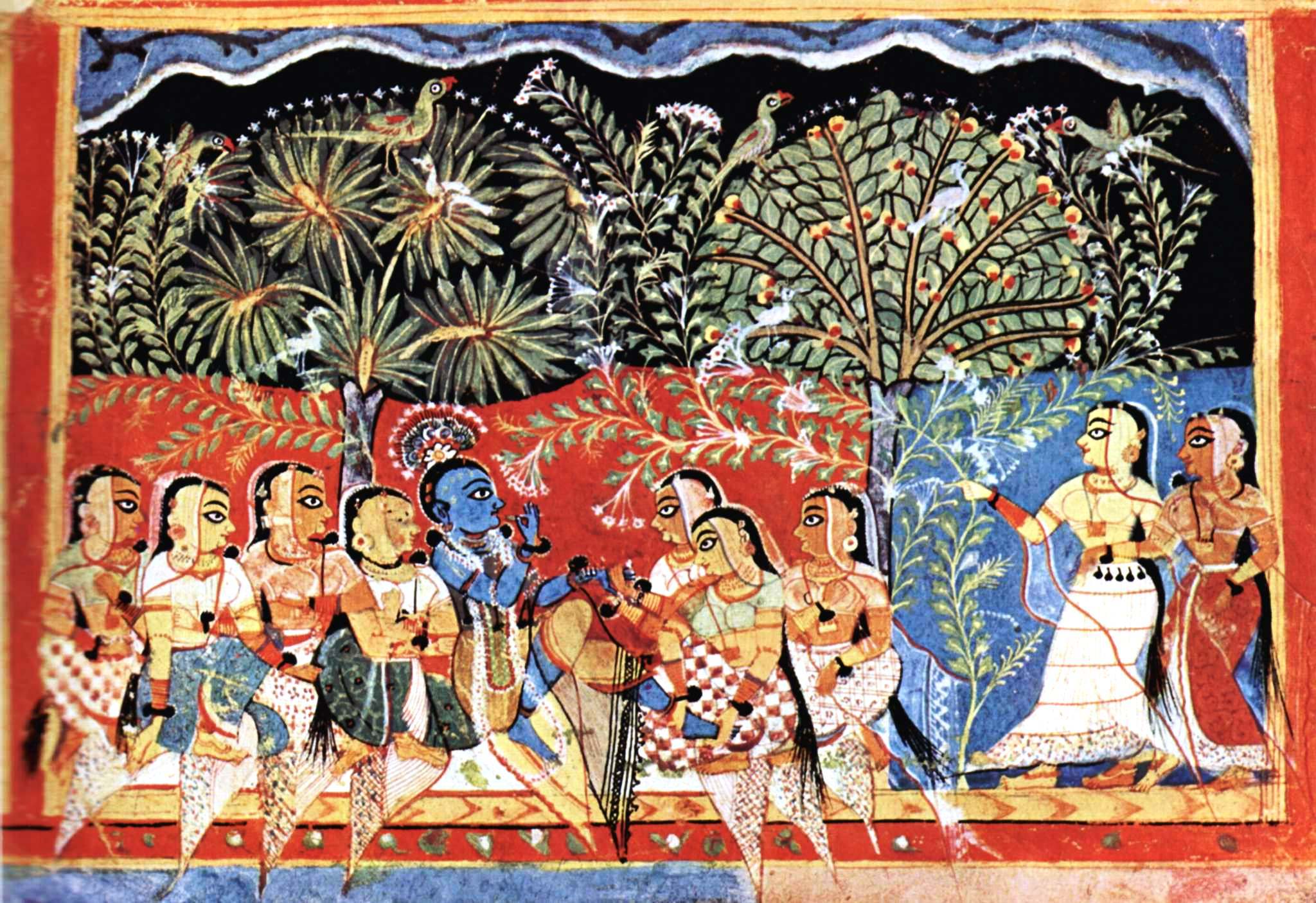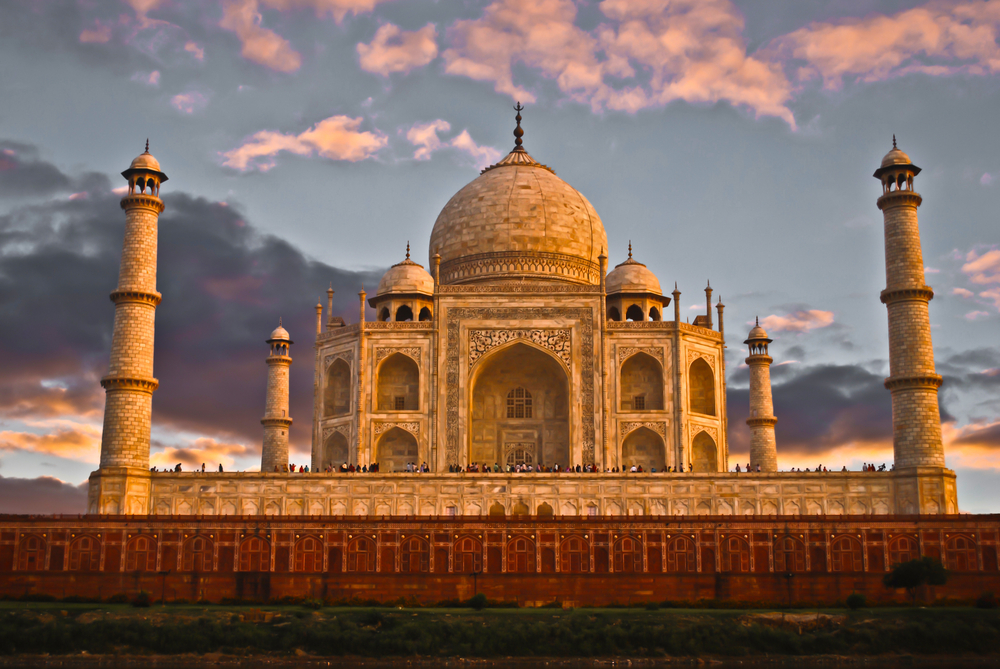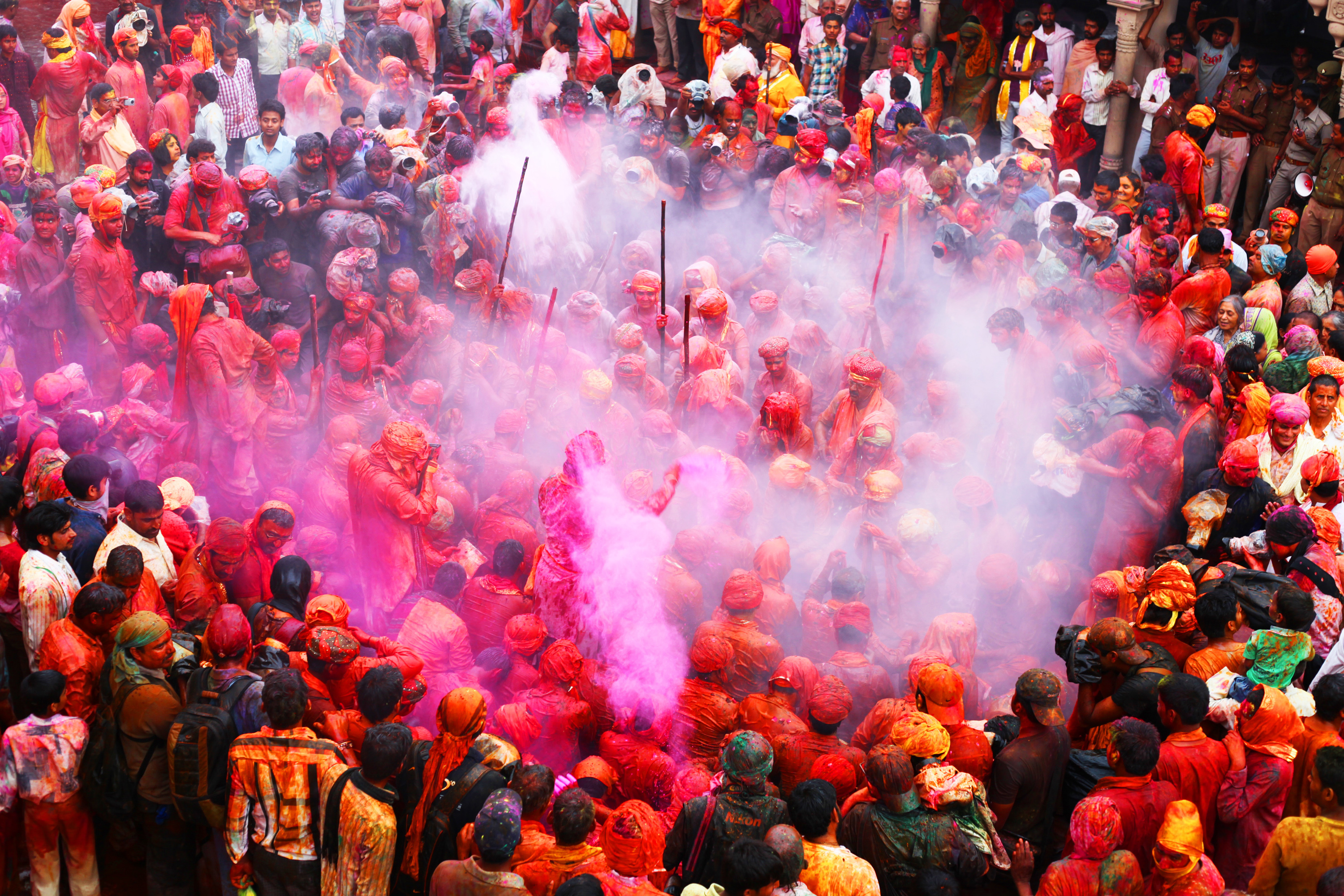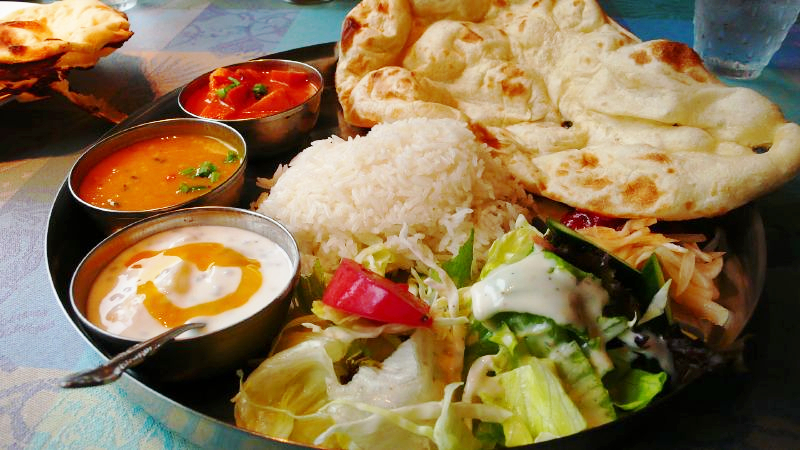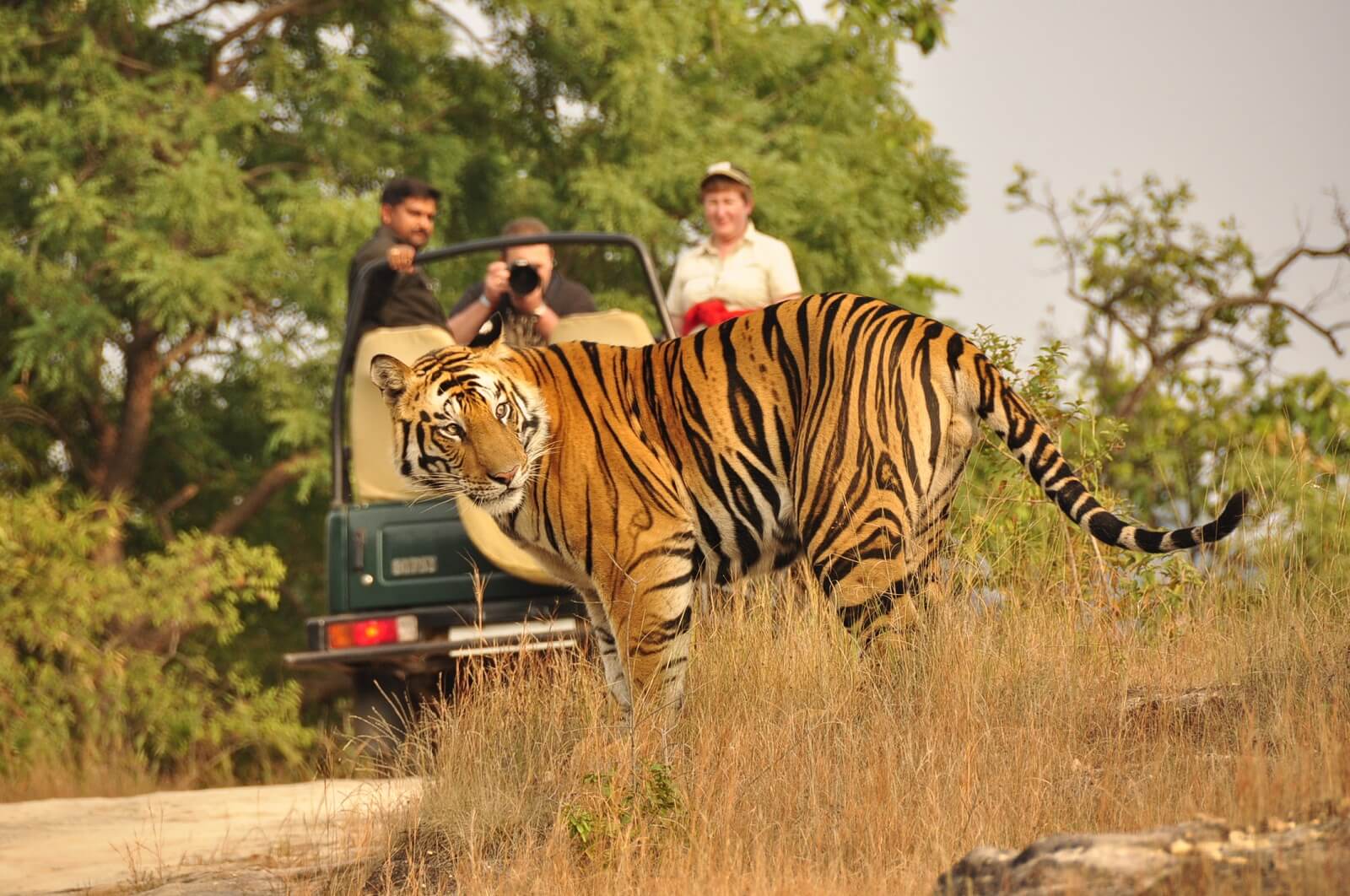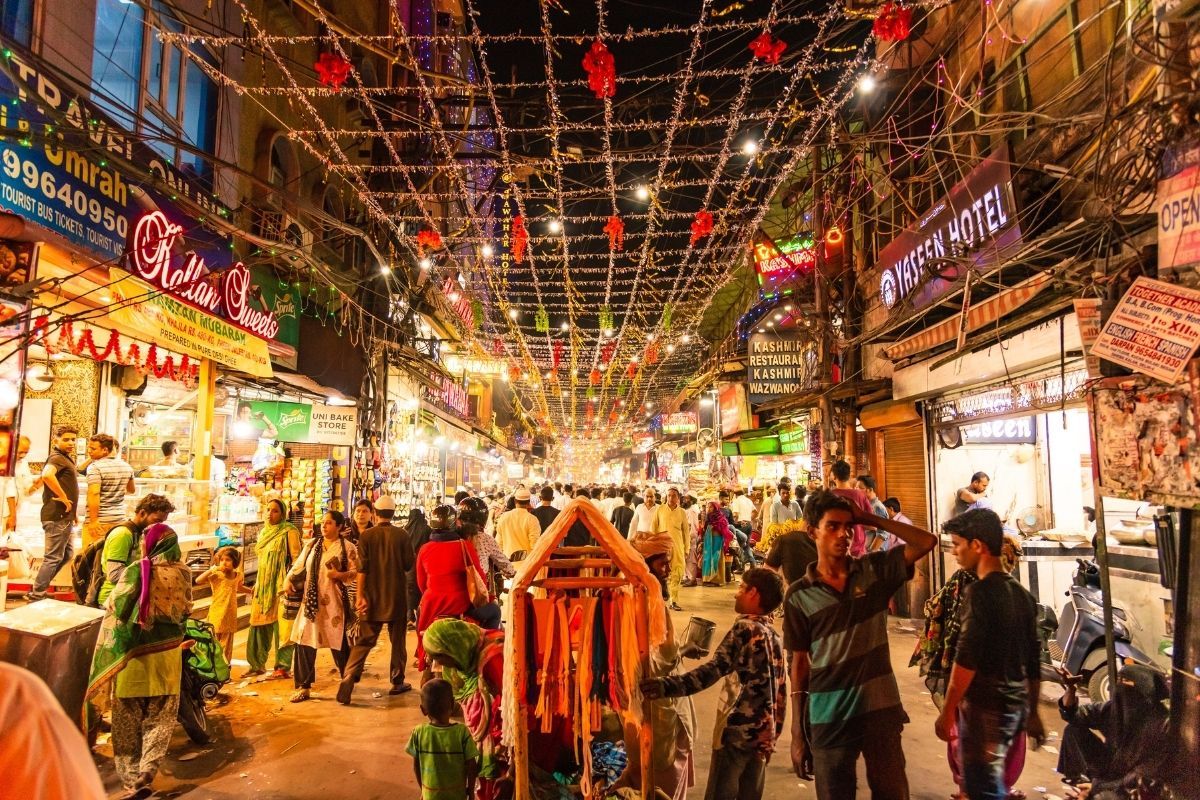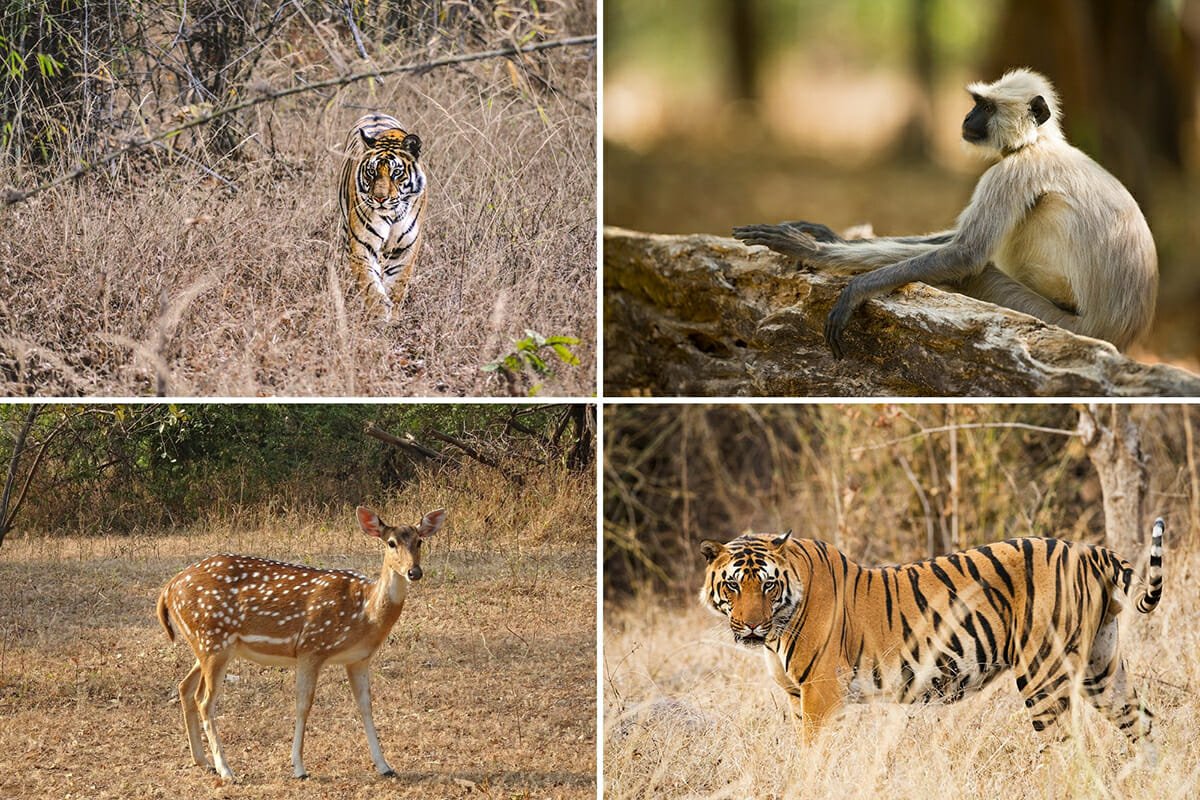Girls' Guide to Last Minute Plans for India
by
India is a country unlike another! Making way into cherished memories, the country is a bundle of life-changing experiences. For a female solo traveller there is absolutely nothing as amazing and educational at the vast and diverse country. From the snowy heights of the Himalayas to the tropical beaches, golden desert to a cold desert, lush jungles to backwaters, colourful towns steeped in history & culture, some even as old as civilization to cities matching pace with the world, there is so much to explore.
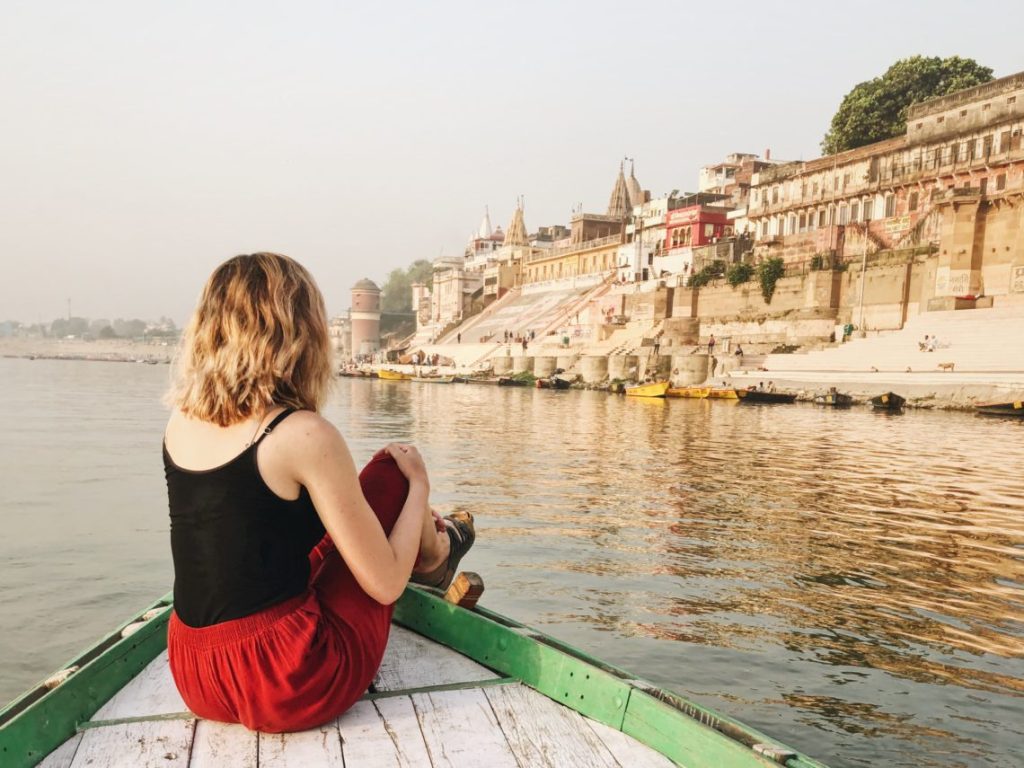
If you are making last minute plans for India then you have nothing to worry, here’s our guide. Once you are done with the visa, you need to simple book your tickets & hotels and simply get going to be amazed.
Our top three picks of India tour packages for last minute holidays for solo female travellers are:
Delhi & the Golden Triangle
The Golden Triangle is certainly the most preferred tour of India. Arrive at the Delhi International Airport and get an introduction to India’s heritage and culture. The capital city of India has is sorted to ensure a smooth transition into the very unique culture of the country. The well-travelled itinerary is well-suited for the first-time traveller in India. With well-connected roads, range of accommodation, things to do and places to see, it is an absolute winner!
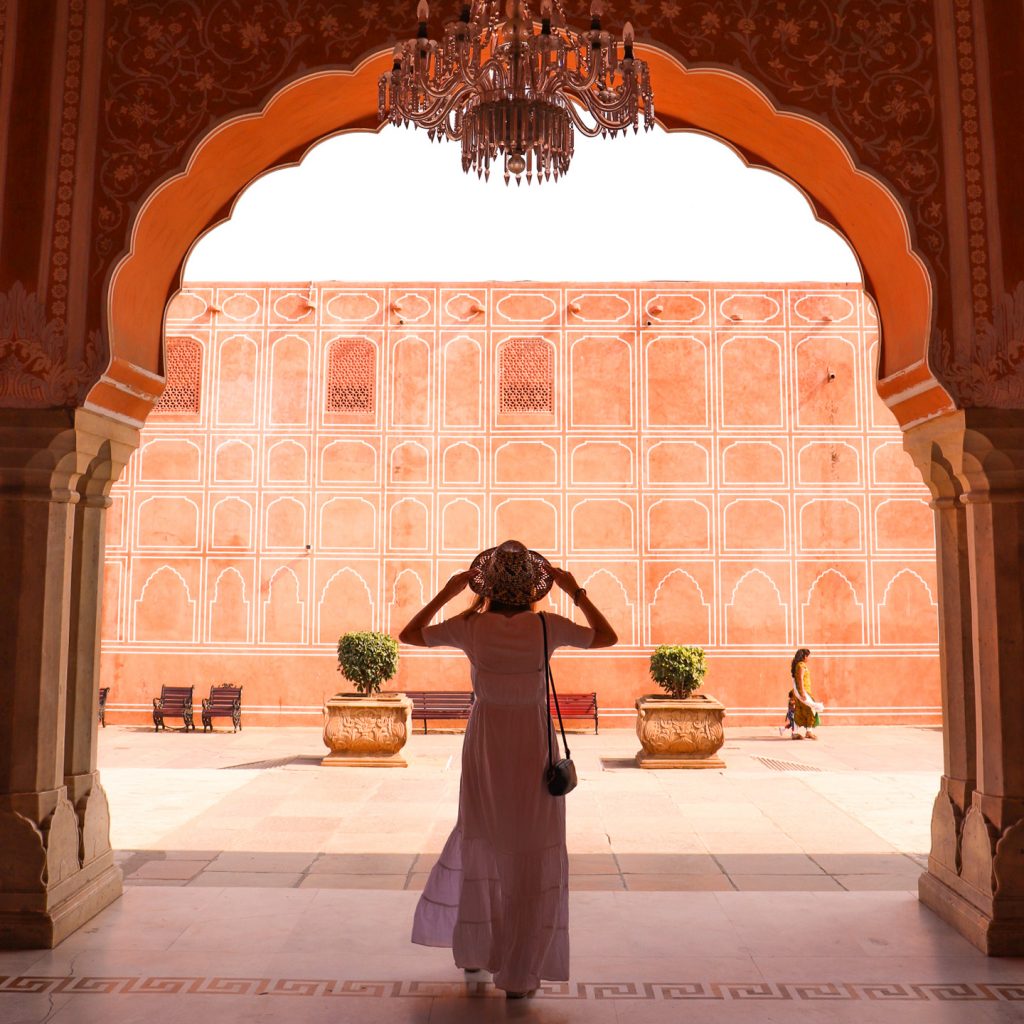
Delhi, the city of cities, has been witness to many eras and rulers, each of the episodes having left footprints in the form of monuments and culture. Delhi has eight such cities to boast of, from the first of Muslim rulers, Mughals to the British Raj. The Golden Triangle tour packages is the most popular itinerary in India, covering the cities of Delhi, Agra, and Jaipur. Agra is home to the ‘icon of love’ the Taj Mahal. The white-marble monument is pretty much one of the major reasons to visit India. Jaipur is the land of the Kings, palaces, forts, and colourful culture that is charmingly Indian!
For the girls, the itinerary has plenty to see, do and experience. The pleasure of shopping their hearts out certainly adds to the charm.
Kerala
Located in South India, Kerala is more than a destination, it is a bundle of wonderful experiences. Titled ‘God’s Own Country’, this place is heaven. From lush hills covered in tea gardens & spice plantations to golden beaches leading to azure waters, backwaters navigable by houseboat, traditional villages to historic towns, Kerala never fails to surprise. Arrive to the historic town of Kochi and then proceed with days and weeks of fun exploring the length and breadth of the earthly paradise.
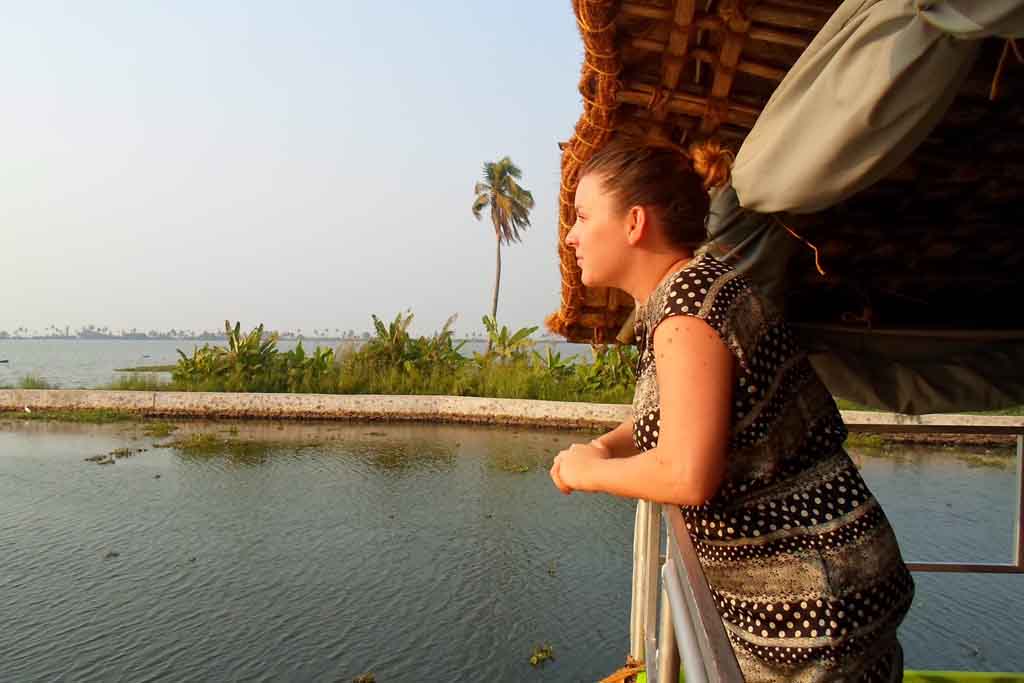
One holiday in Kerala allows the bliss of the misty hills, romantic houseboat rides, relaxing on the beach, exploring history that dates over thousands of years, wildlife safaris, pampering Ayurveda sessions, the science of health and wellness, and more. What more can a girl crave?
Goa
The beautiful party destination of India, Goa, is the land of sun, sand, and sea. Goa conjures images of tropical bliss. Golden sands lead to the cerulean waters, coconut and palm groves sway in the breeze, and charming villages tucked away in the backwoods put a magical spell on visitors. Goa has a reputation of being the hottest party destination in the country. The night-time activities include beach shacks, pubs, clubs, beach parties, casinos, cruises, and more. Beyond the peppy setting, there are elegant churches intact in their olden charms, forts that withstood the changing times, spice plantations, bird sanctuaries, trekking trails, waterfalls, and more. Additional delights include exciting water sports, mouth-watering food, shopping, and other thrills
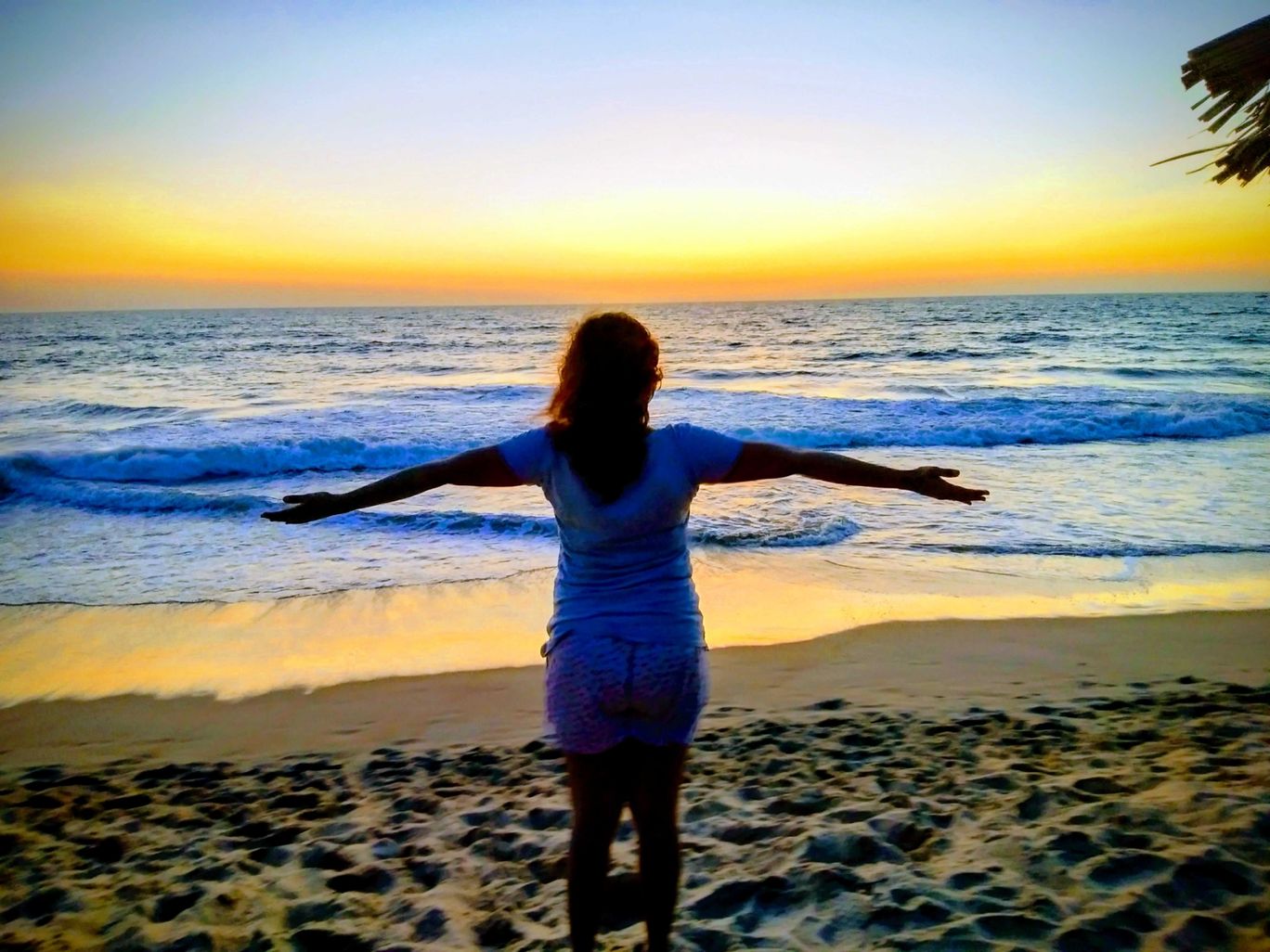
Arrive at the Goa International Airport and be prepared to spend time in the tropical haven. With abundant options of stay in very budget (from villas, beach resorts, homestays to hotels), safe roads and a delightful crowd, this is got to be one of the places in India that you can visit anytime and be surprised every time. Girls get to rock their favourite beachwear, lazing on the dreamy beaches.












